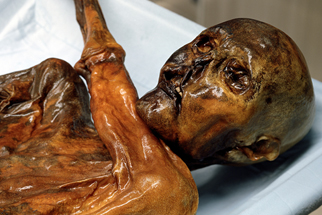10 Ways to Make a Mummy
- By Susan K. Lewis
- Posted 02.07.06
- NOVA
For many people the word "mummy" conjures up images of linen-wrapped royalty from ancient Egypt. But for scientists it describes any body that retains soft tissue—most often skin, but sometimes even eyes and internal organs—long after death. Peat bogs in Europe made mummies, and so did a cave in Greenland and a mountaintop in the Alps. In this slide show, examine both natural forces and artificial techniques that have created mummies around the world.
This feature originally appeared on the site for the NOVA program The Perfect Corpse.
Credits
Special Thanks
- Vincent van Vilsteren, Drents Museum
Photos
- (Oldcroghan Man)
- © BBC 2005
- (Egyptian natural mummy)
- © British Museum/HIP/Art Resource, NY
- ("Lady Rai")
- Courtesy University of Chicago Library
- ("Ice Maiden" detail)
- © NOVA/WGBH Educational Foundation
- (Lady Dai)
- newsphoto/China Daily
- ("ítzi the Iceman")
- Courtesy South Tyrol Museum of Archaeology
- (Cherchan Man)
- © Jeffery Newbury/CORBIS SYGMA
- (Guanche mummy)
- © Jack Fields/CORBIS
- (Inuit mummy)
- © Werner Forman/CORBIS
- (Johan Reinhard and Incan mummies)
- Courtesy Johan Reinhard
Related Links
-
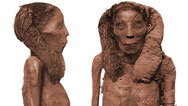
See a collection of some of ancient Egypt's most remarkably preserved mummies.
-
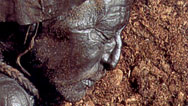
This 2,400-year-old corpse is the world's most famous bog body. Learn how scientists reconstructed his final hours.
-
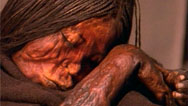
High-altitude archeologists have discovered children sacrificed to the Inca's mountain gods.
-
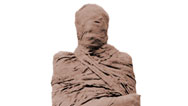
How did ancient Egyptians prepare a body for burial? Witness the elaborate process of mummification in this slide show.
Close
You need the Flash Player plug-in to view this content.




